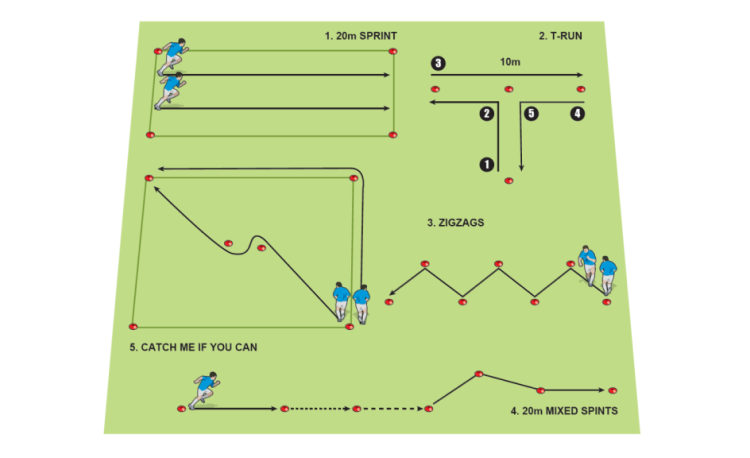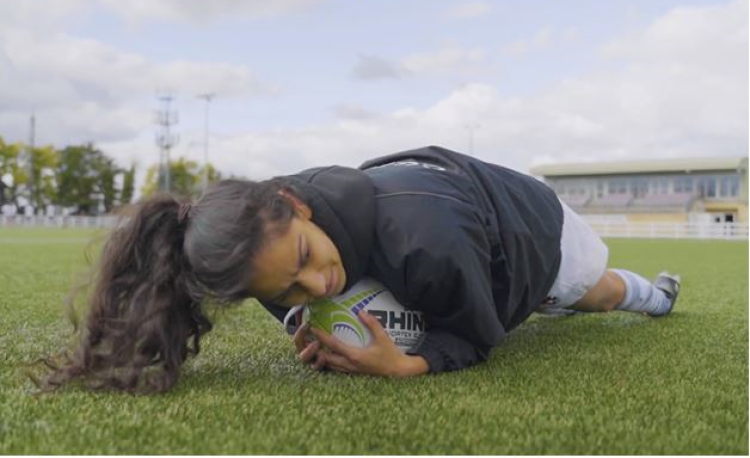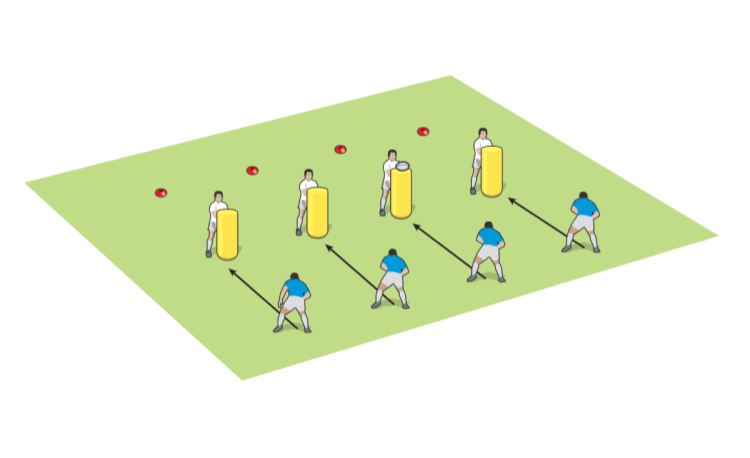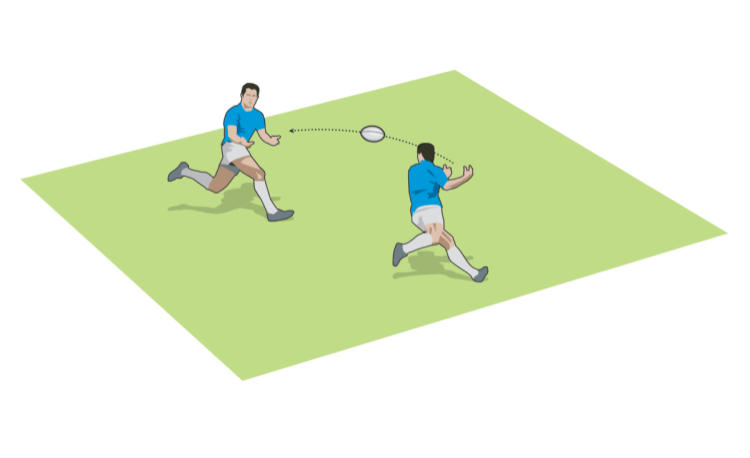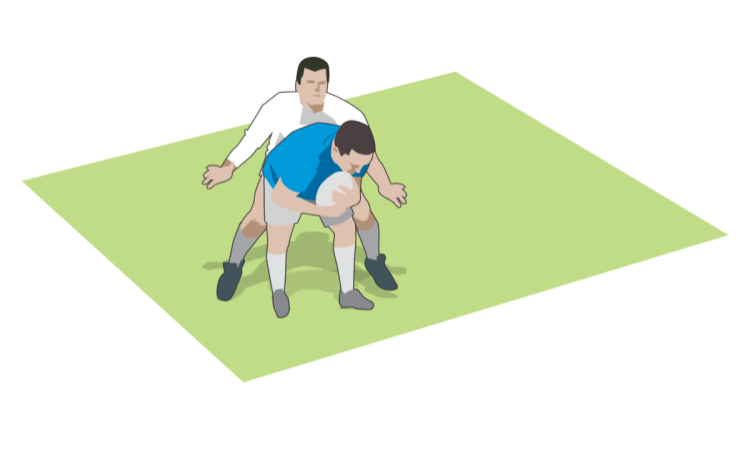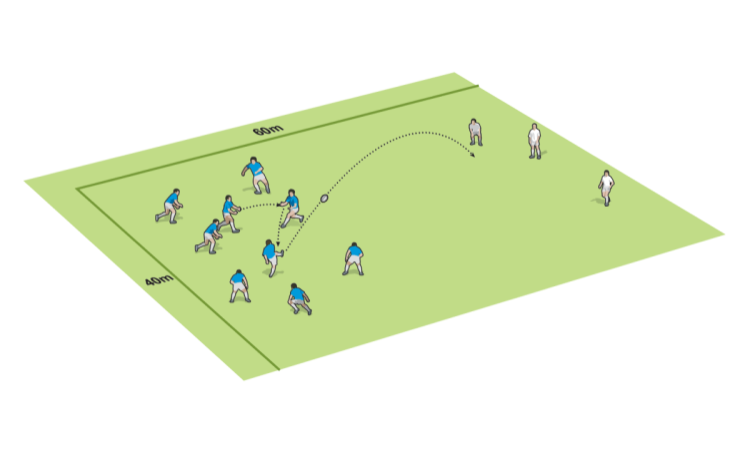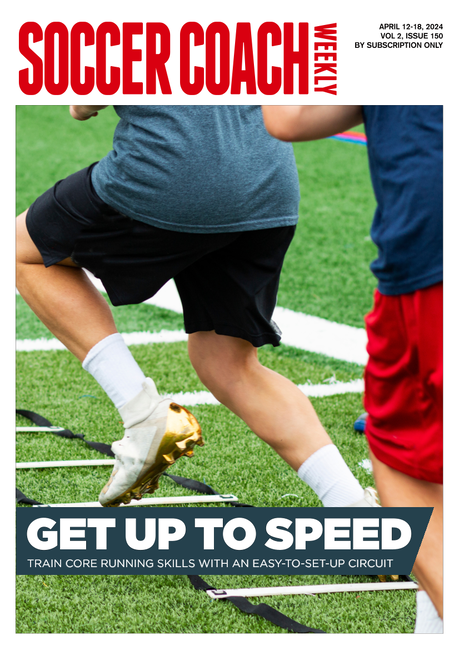You are viewing
1 of your 2 free articles
Dynamic stretching warm up drills
- Lightly swing the limb (either the arm or leg) to be stretched and feel for a point of tension or resistance.
- The level of resistance should reduce as you swing the limb.
- Increase the range of motion until you feel you have reached the maximum point of resistance - you can't swing the limb any further.
- At that point, repeat the rugby drill only a couple of times.
- Do not stretch if the muscle is getting tired because it will begin to lose its elasticity.
- Do not try to get to the maximum point too quickly.
The advantages of dynamic stretching
- It creates elasticity in the muscles.
- If used consistently, it will reduce warm-up time.
- Static stretches that are held for 30 seconds actually reduce muscle power straight after the stretch.
Dynamic stretching tips for rugby
All the boffins say dynamic stretching should resemble the activity you are about to do. This could start with stretching for running in the context of rugby.
- Low kicks to high kicks.
- Low knees to high knees.
- Narrow steps with a small sit down to wide steps with a very low sit down.
- On one leg, swing the other to the side at increasing angles.
- Press-ups and sit-ups can be used, with small movements leading to full movement.
Multi-directional warm-up drills
Coaches also need to think "multi-directional", with arms and legs moving in sideways as well as forward directions.
Experts say things such as, "always warm up with the ball, because that's more like the real game". But consider this: some players rarely see the ball. Instead they do a lot of moving around in different directions.
Running up and down passing is not multi-directional. Players should be zigzagging, running sideways, skipping backwards, jumping up, falling onto and getting off the floor, turning 90 or 180 degrees, and so on.
Of course the ball plays a part in all this, but as the defending side from kick off, for example, your players could easily be making these movements for 30 seconds, during which time most of them won't have touched the ball.
If you're looking for more ways to improve your warm ups, then my Ultimate Rugby Warm-Ups Manual is a "must-have" purchase. Containing more than 100 quick, easy and fun warm-up exercises, it will cover all your warm up and cool down requirements for seasons to come. Click here to read more about the manual and to order it.
This article is taken from the Better Rugby Coaching e-newsletter. Click here to sign up and get free rugby drills and skills twice a week.
Click here for some improvised rugby warm-up drills to pull out of the hat when your coaching plans have gone awry.
Newsletter Sign Up
Coaches Testimonials

Gerald Kearney, Downtown Las Vegas Soccer Club

Paul Butler, Florida, USA

Rick Shields, Springboro, USA

Tony Green, Pierrefonds Titans, Quebec, Canada
Subscribe Today
Be a more effective, more successful rugby coach
In a recent survey 89% of subscribers said Rugby Coach Weekly makes them more confident, 91% said Rugby Coach Weekly makes them a more effective coach and 93% said Rugby Coach Weekly makes them more inspired.
Get Weekly Inspiration
All the latest techniques and approaches
Rugby Coach Weekly offers proven and easy to use rugby drills, coaching sessions, practice plans, small-sided games, warm-ups, training tips and advice.
We've been at the cutting edge of rugby coaching since we launched in 2005, creating resources for the grassroots youth coach, following best practice from around the world and insights from the professional game.




